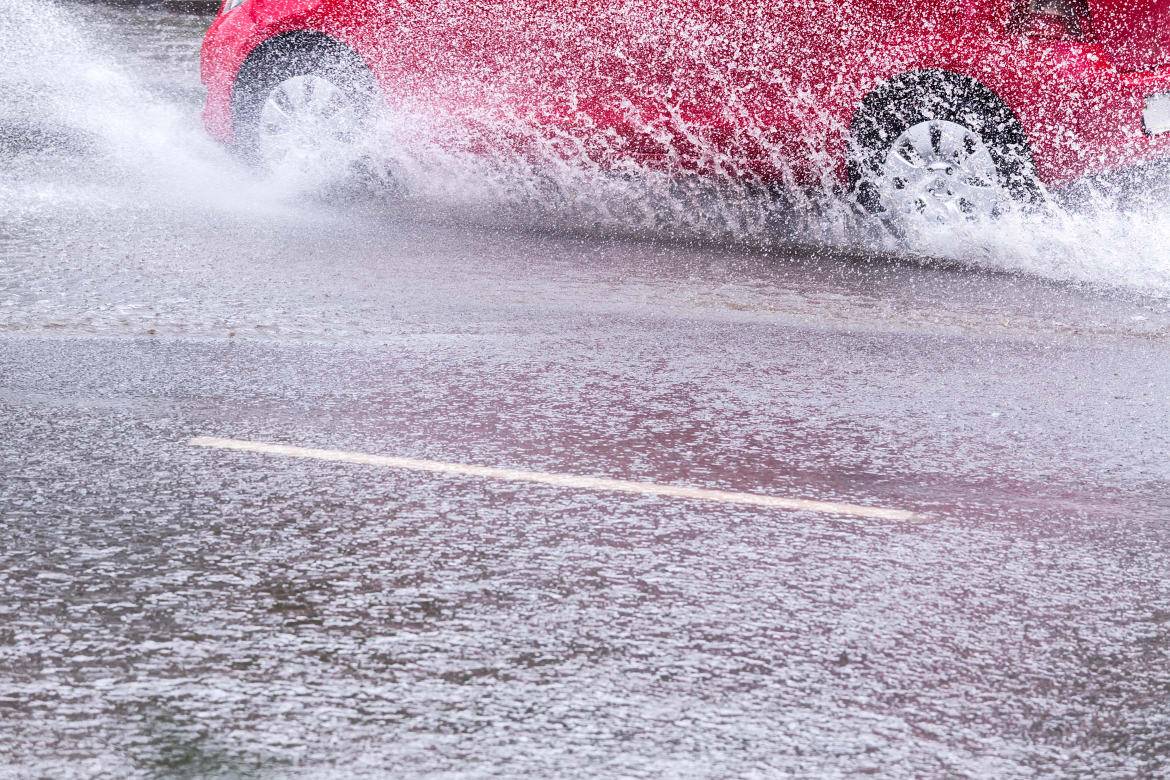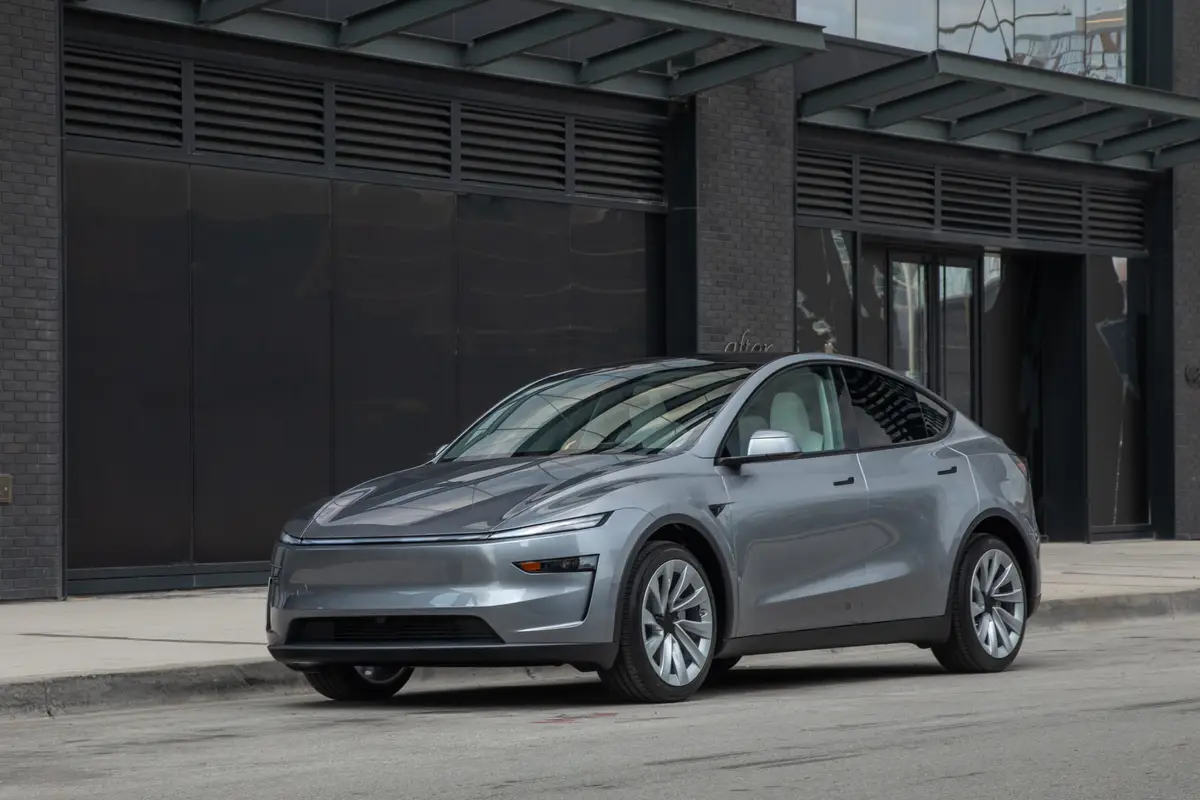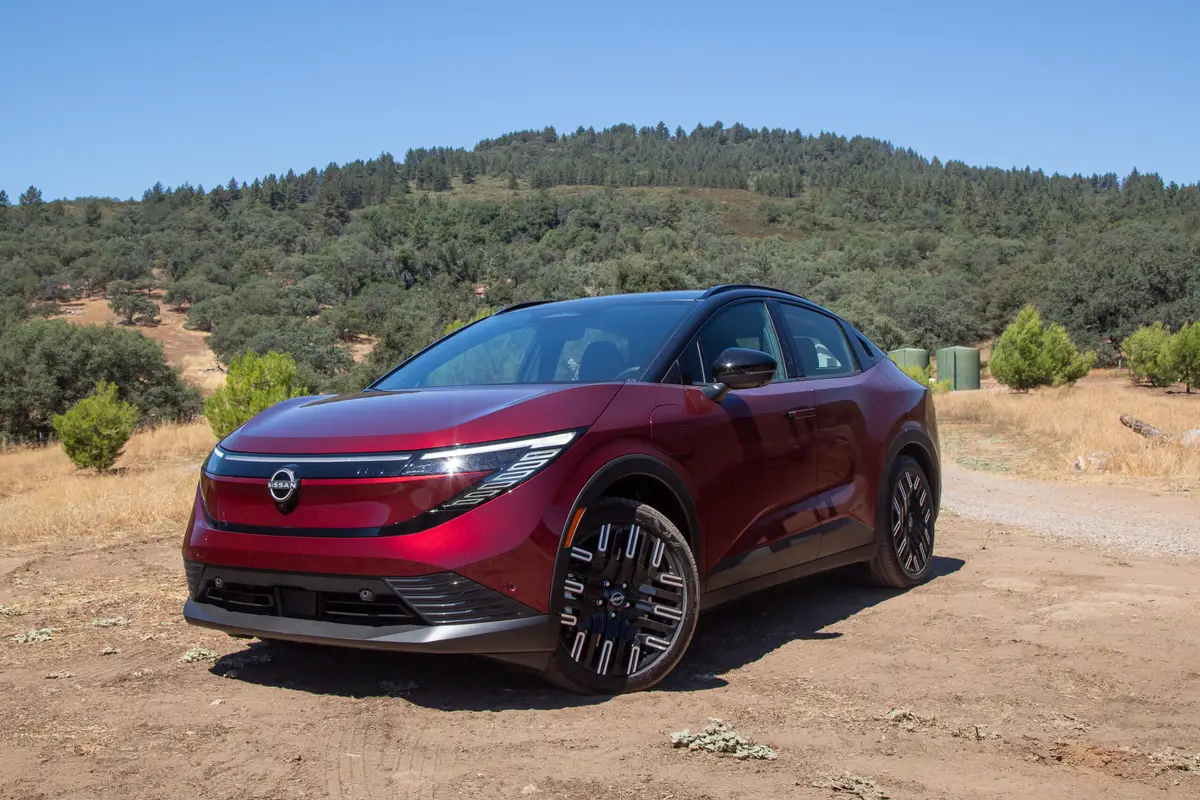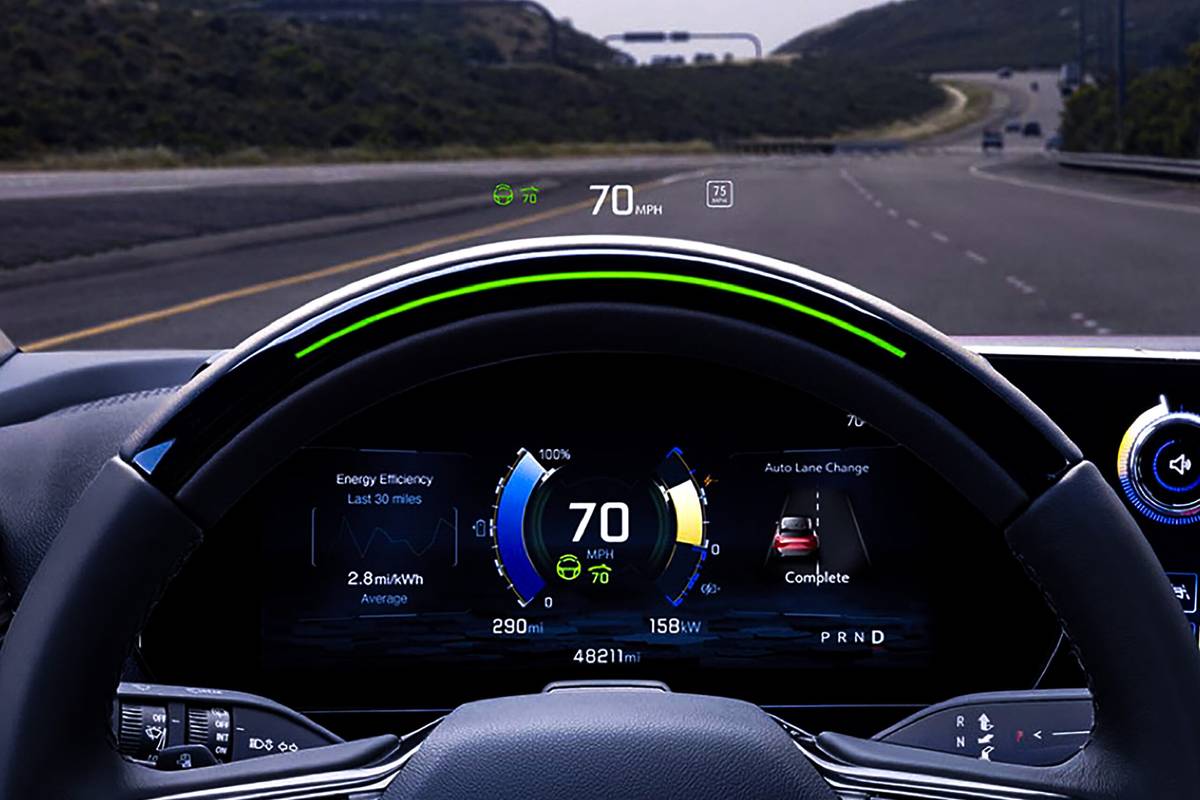Hurricane Matthew Motorists: Beware Floods, Fraud


CARS.COM — Residents of the southeastern U.S. coast are bracing for impact as Hurricane Matthew threatens to deliver wind gusts of more than 100 mph, heavy rains and potentially devastating floods to parts of Florida, Georgia, South Carolina and North Carolina. Amid the storm and in its aftermath, it’s important that car owners and shoppers take measures to protect themselves and their property from floods and fraud alike.
Related: Avoid the Rush: Never Drive Through Floodwaters
“Matthew’s precarious track, in which the eyewall may scrape the coast with destructive hurricane-force winds, will spread north through Saturday along the northeast Florida coast, Georgia coast and parts of the South Carolina coast,” The Weather Channel stated.
The National Weather Service in Charleston, S.C., today warned that flooding in some areas could rival that of the catastrophic deluge in South Carolina almost exactly a year ago this week. It was to blame for multiple deaths and widespread destruction.
As residents of affected areas face the storm, perhaps the most important thing for motorists to remember is to never drive through floodwaters. According to the Centers for Disease Control and Prevention, most flood fatalities – the second leading cause of weather-related death behind heat – each year occur when people attempt to drive through floodwaters and are swept away.
The National Weather Service reminds drivers that as little as 6 inches of fast-moving water can knock over an adult, while a foot is enough to carry away a small car and 18 inches can move a vehicle of nearly any size. Safety advocates note that it is impossible to know the exact depth of the water on a roadway or the condition of the road below.
If you do find your car overtaken by a flood, Progressive insurance recommends the following:
- Drive slowly and steadily through.
- Watch for items traveling downstream that could trap or crush your vehicle.
- Test your brakes on a clear patch of road at low speeds after driving through water up to the wheel rims or higher to ensure they’re dry and working properly.
- Keep in mind that if your vehicle stalls in the deep water and you’re forced to restart, irreparable damage could occur to the engine.
- Immediately abandon your vehicle and head for higher ground if you can’t restart and become trapped in rising water. Try to open the door or roll down the window to exit, and call 911 or try to get the attention of someone nearby to call for help.
After the rains have stopped and the floodwaters have receded, car shoppers should beware of flood-damaged cars potentially flowing into the market from disreputable sellers. The National Insurance Crime Bureau advises used-car seekers to be vigilant in the weeks and months after a major flood. Follow these tips to avoid getting scammed:
- Select a reputable car dealer and use a vehicle identification number checker to ensure the car does not have a salvage title. (Use Cars.com’s dealer reviews to find a respectable dealer in your area. Browse Cars.com’s used-car inventory and use our free VIN checker tool.)
- Inspect the vehicle for water stains, mildew, sand or silt under the carpet, floor mats, headliner and dashboard.
- Inspect the upholstery and door panel materials for fading.
- Check for rust around screws in the center console area and areas water doesn’t usually reach.
- Check for mud or grit in the spare tire compartment and in small crevices under the hood. Also look for rust and corrosion under the hood.
- Inspect the seat belt retractor for moisture, mildew or grime.
- Check to make sure the speakers work; door-mounted speakers will often be damaged in a flood.
- Pay close attention to the wheels; aluminum alloys may be coated in a white powder and show signs of pitting, small dimples in the material.
- Have a mechanic inspect the vehicle prior to purchasing it.
- Lastly, trust your instincts. If a deal sounds too good to be true, it probably is.

Former Assistant Managing Editor-News Matt Schmitz is a veteran Chicago journalist indulging his curiosity for all things auto while helping to inform car shoppers.
Featured stories

Should Tesla Model Y Owners Get the New 2026?


2026 Nissan Leaf Review: Value Victory


